According to the Global Innovation Index 2023 (GII) Report in 2023, Vietnam is ranked 46/132 countries and economies , up 2 places compared to 2022; at the same time, it is considered one of the 7 middle-income countries that have achieved the most progress in innovation over the past decade.
These indicators show that Vietnam is shifting towards innovation-based development, while aiming for a higher position in the ASEAN innovation ladder.
According to a study recently published by the National Economics University ( Hanoi ), a major obstacle in achieving this goal is that Vietnam's investment in research and development (R&D) is still quite limited. During the entire period of 1993-2021, the highest year in which Vietnam spent a total of only about 1.6 billion USD on R&D (2012 and 2021), equivalent to 0.4% of GDP. This spending level does not tend to increase significantly, not commensurate with the increasing position and role of innovation. Meanwhile, in Singapore, the ratio of spending on innovation to GDP accounted for about 2.2% on average during the entire period of 2000-2020; that is, about 8-9 billion USD/year, about 6 times higher than Vietnam.
Innovation fields change frequently due to the impact of rapid development of science and technology, but Vietnam has not yet built a suitable strategy to shift investment spending to improve productivity and transform the growth model.
In addition, comparing the results achieved in the innovation index ranking with the growth rate of R&D spending, it can be seen that the private economic sector and the economic sector with foreign investment have spent significantly on this activity, while budget spending has remained almost the same, even decreased in the period 2015-2020. With the role of "leverage", seed capital, if the budget spending increases and is used at the right time and place, innovation will certainly achieve more impressive results. This is an important foundation for forming large research centers with international quality, capable of attracting leading scientists.
Another equally important task is to strongly develop the science and technology market, effectively organize trading floors, and form a mechanism for commercializing science and technology products according to the principle of ensuring maximum benefits for the parties involved so that these relationships operate according to market principles, creating great benefits for the economy.
To turn potential into real advantage, one must “have flour to make paste”. In the context of not really abundant resources, clearly locating key industries to focus on investment with a scientifically calculated, long-term roadmap is extremely important.
MR. PHUONG
Source



![[Photo] General Secretary To Lam attends the 80th Anniversary of the Cultural Sector's Traditional Day](https://vstatic.vietnam.vn/vietnam/resource/IMAGE/2025/8/23/7a88e6b58502490aa153adf8f0eec2b2)

![[Photo] Prime Minister Pham Minh Chinh chairs the meeting of the Government Party Committee Standing Committee](https://vstatic.vietnam.vn/vietnam/resource/IMAGE/2025/8/23/8e94aa3d26424d1ab1528c3e4bbacc45)



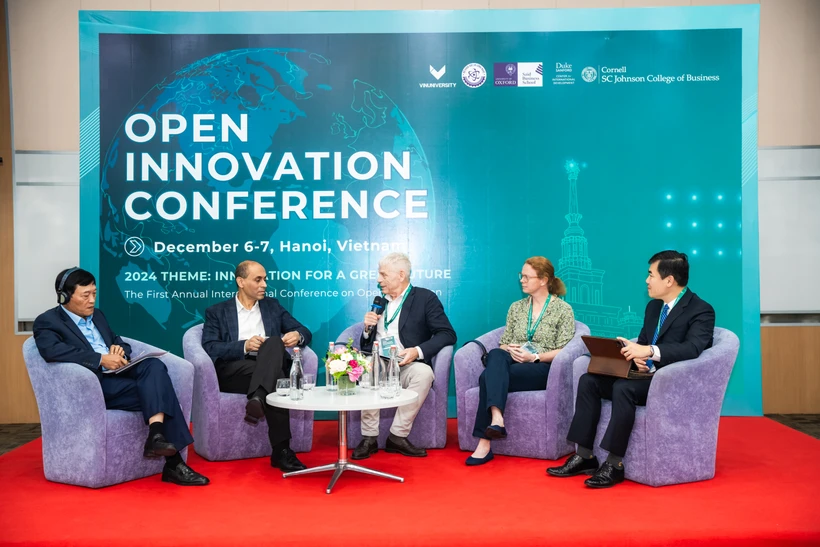

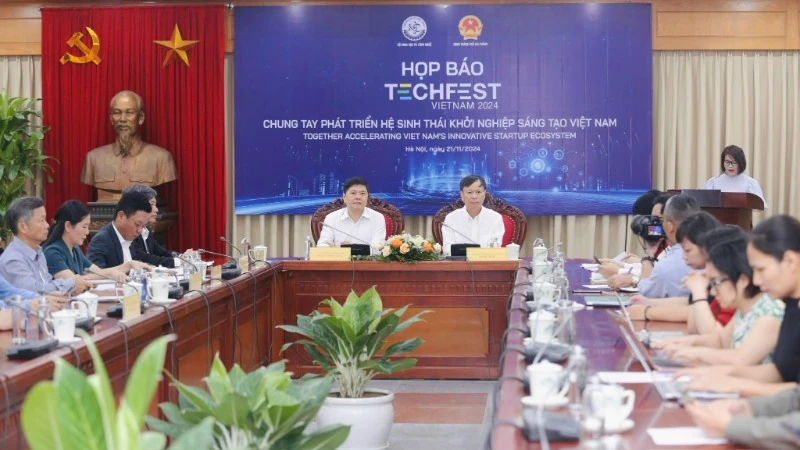

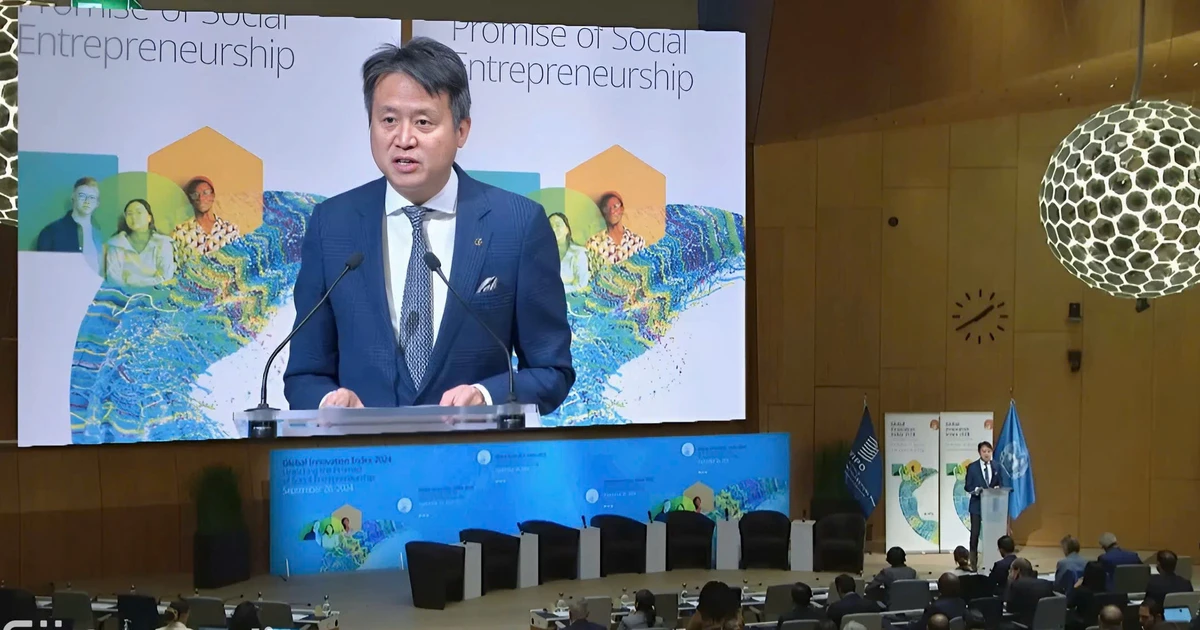
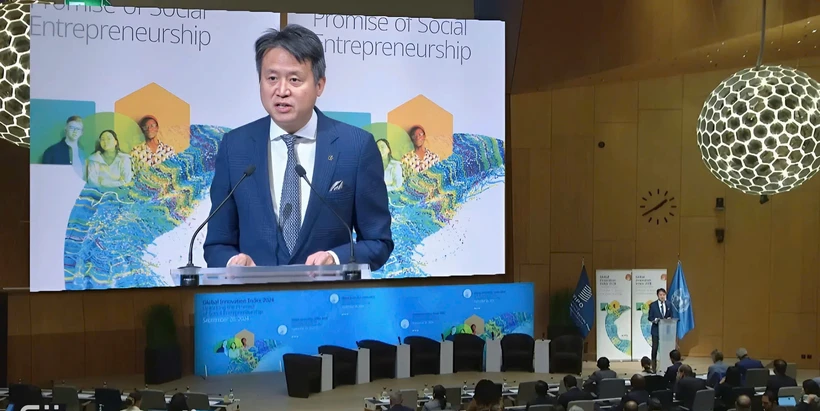
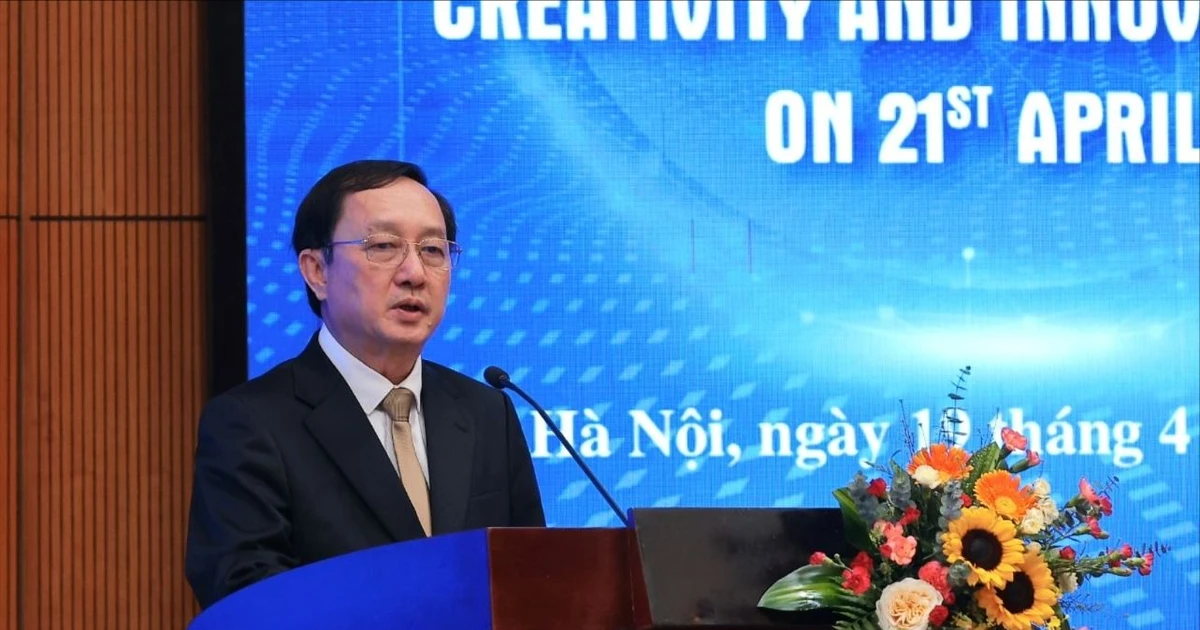


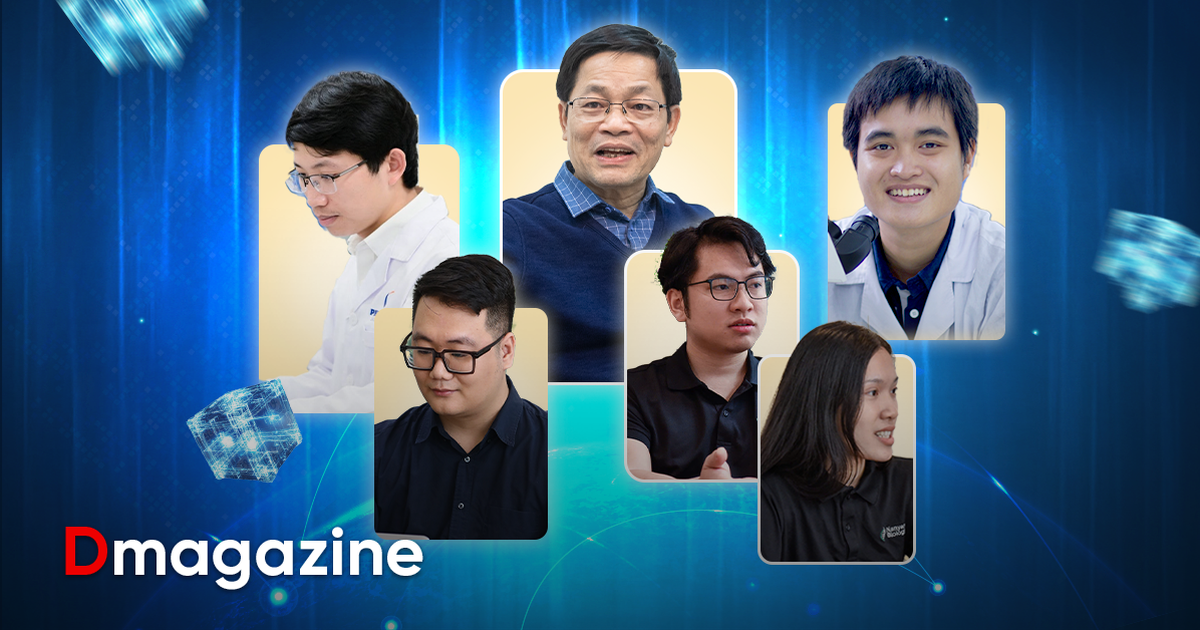



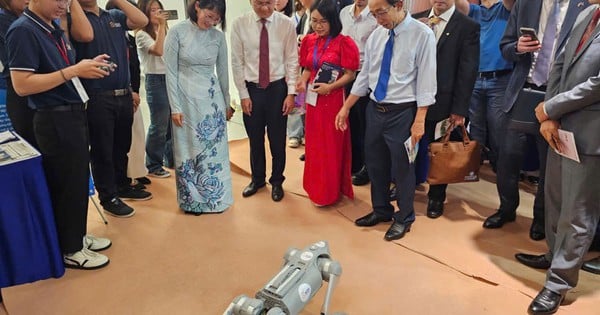








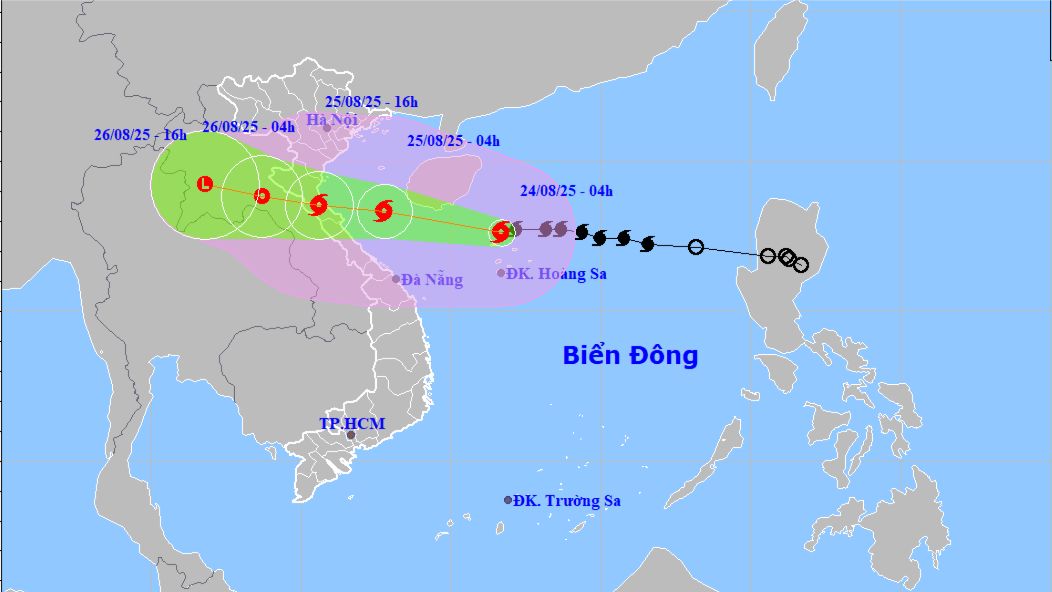

















































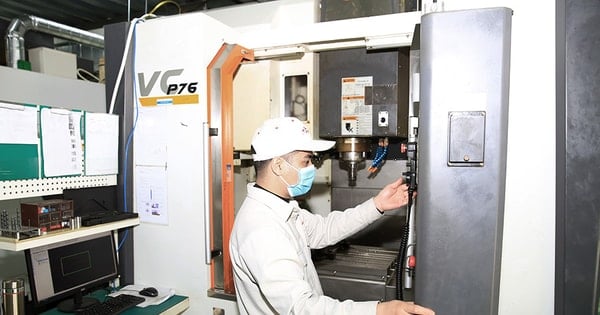


















Comment (0)